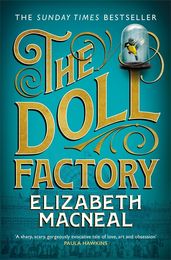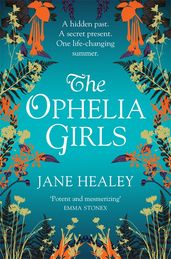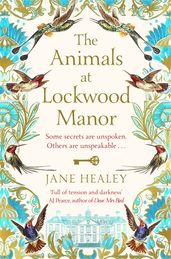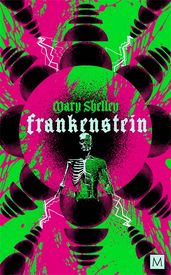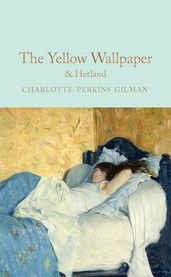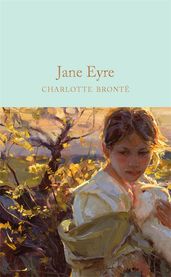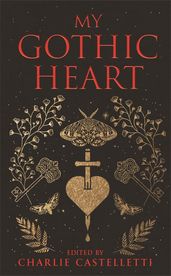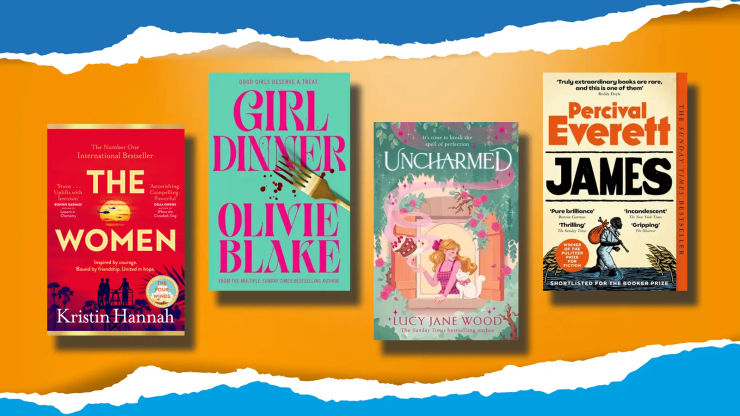The best gothic novels of all time
Dark foreboding houses, sinister secrets and psychological thrills abound in our recommendations of the very best gothic novels.

With roots reaching out from the eighteenth century (Horace Walpole's 1764 The Castle of Otranto is widely considered the first example of the genre), gothic novels have been unsettling readers for over three hundred years. From classic gothic novels set in crumbling medieval castles, followed by Victorian explorations of public versus private lives in an era of strict moral codes, to more modern gothic novels which bend the genre in new directions, these are books united in their evocation of fear, an underlying feeling of dark threat and the horror of the past intruding onto the present. Here are some of our favourites.
The best modern gothic novels
The Burial Plot
by Elizabeth Macneal
The Burial Plot is an unstoppable gothic thriller about murder, manipulation, and a young woman trying to wrestle power from the hands of a dangerous man. London, 1839. Where the cemeteries are full and there is money to be made in death, Bonnie and Crawford lead a life of trickery, surviving off ill-gotten coin and nefarious schemes. But one hot evening, their luck runs out. A man lies in a pool of blood at Bonnie’s feet and now she needs to disappear . . .
The Doll Factory
by Elizabeth Macneal
The attic in The Doll Factory isn’t a place where a madwoman is held against her will but a studio that the artist Louis gifts his lover, Iris, the heroine of this grimy and lush gothic delight of a novel. Iris’s studio is a place of freedom and creativity, unlike the dank cellar where the murderously misogynistic collector Silas wishes to keep her locked up as one of his curiosities – so that no one else may look at her and so that he may control her absolutely. His desires are only a reflection of the wider societal forces in the book that aim to keep Iris in her place as she is watched, observed, judged and shamed for wanting to become a painter herself and not just a shopgirl or a muse, a subject rather than just an object.
Maude Horton's Glorious Revenge
by Lizzie Pook
London, 1850. Constance Horton has disappeared. Maude, her older sister, knows only that Constance abandoned the apothecary they call home, and, disguised as a boy, boarded a ship bound for the Arctic. She never returned. When she finds Constance’s journal, it becomes clear that the truth is being buried by sinister forces. To find answers Maude must step into London’s dark underbelly, and into the path of dangerous, powerful men. The kind of men who seek their fortune in the city’s horrors, from the hangings at Newgate to the ghoulish waxworks of Madame Tussaud’s.
The Ophelia Girls
by Jane Healey
Set between two fateful summers, The Ophelia Girls is a visceral, heady exploration of desire, infatuation and the perils and power of being a young woman. In the summer of 1973, teenage Ruth and her four friends are obsessed with pre-Raphaelite paintings, and a little bit obsessed with each other. But by the end of the summer, tragedy has found them. Twenty-four years later, Ruth, now a mother of three, moves her family into her now somewhat dilapidated childhood home following the death of her father. Her daughter Maeve is in remission but when Stuart, a handsome photographer and old friend of her parents comes to stay, Maeve finds that there is something about him that makes her feel more alive than all of her life-saving treatments put together . . .
The Animals at Lockwood Manor
by Jane Healey
The Animals at Lockwood Manor is an atmospheric tale of family madness, long-buried secrets and hidden desires. In August 1939, as war looms, Hetty Cartwright is tasked with the evacuation and safekeeping of the Natural History Museum’s mammal collection. But, sequestered in Lockwood Manor with the irascible Lord Lockwood and his resentful servant, Hetty and the animals may still not be safe. Because Hetty is sure she’s being stalked through the darkened corridors of the house by someone – or something . . .
Palace of Shadows
by Ray Celestin
Artist Samuel Etherstone, impoverished and isolated in London, accepts a commission from mysterious heiress Mrs Chesterfield for her house on North Yorkshire's Smugglers' Coast. Warned about the haunted lands, Samuel hears eerie tales of missing girls, mad locals, and fate of house's first architect, Varano. Upon arrival, the eerie details of Varano's disappearance and the ever-expanding wings of the house puzzle him. As he explores deeper, he begins to understand the terrifying nature of his project. Inspired by the haunting true story of the Winchester Mystery House, Palace of Shadows is a gothic thriller set against the terror of the Yorkshire Moors.
The Lie Tree

When Faith’s father is found dead under mysterious circumstances, she is determined to untangle the truth from the lies. As she is searching through his belongings for clues she discovers a strange tree. The tree only grows healthy and bears fruit if you whisper a lie to it. The fruit of the tree, when eaten, will deliver a hidden truth to the person who consumes it. The girl realizes that she is good at lying and that the tree might hold the key to her father's murder, so she begins to spread untruths far and wide. The Lie Tree is a wonderfully evocative and atmospheric novel, perfect for YA readers and adults.
Beloved
by Toni Morrison
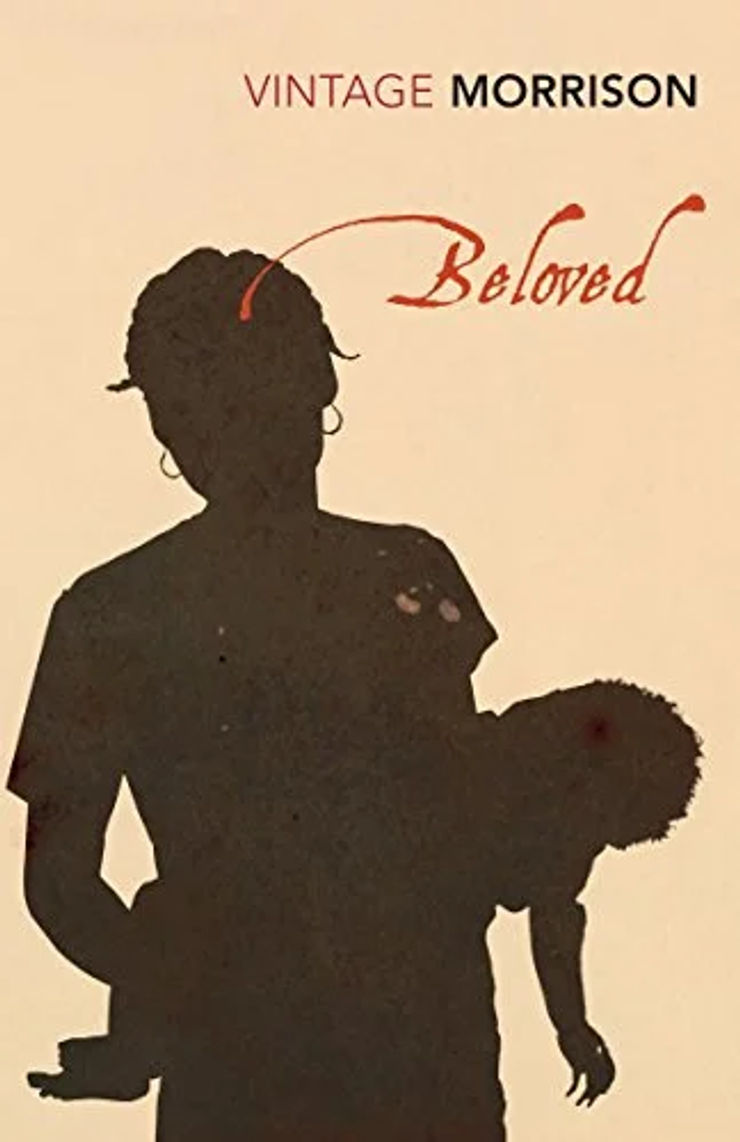
This Pulitzer-prize winning novel is both a haunting gothic novel and an essential voice of contemporary American literature. It is the mid-1800s and as slavery looks to be coming to an end, Sethe is haunted by the violent trauma it wrought on her former enslaved life at Sweet Home, Kentucky. Her dead baby daughter, whose tombstone bears the single word, Beloved, returns as a spectre to punish her mother, but also to elicit her love. Morrison combines the visionary power of legend with the unassailable truth of history in this enduring novel.
The best classic gothic novels
Dracula
by Bram Stoker
Sensual, dark and thrilling, Bram Stoker's Dracula remains the seminal work of Gothic fiction. When Jonathan Harker is summoned to Transylvania to finalize a property deal for the mysterious Count Dracula, he stumbles upon an ancient evil he is unprepared to face. When that evil escapes to England, the entire nation is suddenly under threat and only an aged vampire hunter, Professor Abraham Van Helsing, can put a stop to the bloodshed.
Frankenstein
by Mary Shelley
One of BBC's 100 Novels That Shaped Our World, Frankenstein is a dark parable of science misused. Victor Frankenstein, a brilliant but wayward scientist, builds a human from dead flesh. Horrified at what he has done, he abandons his creation. The hideous creature learns language and becomes civilized but society rejects him. Spurned, he seeks vengeance on his creator. So begins a cycle of destruction, with Frankenstein and his 'monster' pursuing each other to the extremes of nature until all vestiges of their humanity are lost.
The Hunchback of Notre-Dame
by Victor Hugo
Both feared and scorned by society, the bell-ringer Quasimodo is forced to reside in the towers of Notre Dame, his only 'friend' the Archdeacon Claude Frollo. But Quasimodo's life is changed when he saves the beautiful Romani girl Esmerelda and the two form a friendship. As Frollo's jealousy escalates, compassion and cruelty clash with ultimately tragic results. An emotionally stirring story, Victor Hugo's The Hunchback of Notre-Dame is rightfully considered to be one of the finest gothic novels ever written.
The Picture of Dorian Gray
by Oscar Wilde
A perfect depiction of fin-de-siècle decadence, Oscar Wilde's only novel cuts beneath the polished surface to the murky depths of Victorian high society. The Picture of Dorian Gray follows artist Basil Hallward as he endeavours to paint a full-length portrait of Dorian Gray, his muse and subject of infatuation. But as Dorian explores his own hedonism and sensuality, the painting starts to morph, reflecting Dorian’s cruel sensibilities, whilst Dorian himself remains unaged.
The Strange Case of Dr Jekyll and Mr Hyde and other stories
by Robert Louis Stevenson
Accompanied here by three other memorable stories of horror, murder and the supernatural, Robert Louis Stevenson's The Strange Case of Dr Jekyll and Mr Hyde is a masterpiece of Victorian Gothic literature. Why has the mild mannered Dr Jekyll suddenly begun to associate with the ugly and violent Mr Hyde? And why are they never seen together? When Jekyll’s old friend Utterson tries to solve these mysteries he uncovers a horrific story of suffering and brutality that eventually leads to the terrible revelation of Mr Hyde’s true identity.
The Yellow Wallpaper
by Charlotte Perkins Gilman
On the opening page of this short story by Charlotte Perkins Gilman, first published in 1892, the heroine references its place within the gothic tradition, fancying that the colonial mansion her husband John has taken her to to convalesce is ‘haunted’, an opinion that makes John laugh at her. ‘Of course, one expects that in marriage,’ the narrator states with a brittle brightness, noting that her husband, a doctor, does not believe she is really sick but still recommends she rest from all excitements and forbids her from any work. The narrator is desperate to write, and for a life outside of the house, and finds her situation mirrored by the wallpaper in the old nursery where she is trapped, which seems to move in front of her eyes and hide creeping madwomen behind its pattern of bars. The Yellow Wallpaper is an electric story that feels so modern to read, scathing and incandescent in its fury and deliciously unnerving.
Jane Eyre
by Charlotte Brontë
Charlotte Brontë's masterpiece introduced the world to one of fiction's most memorable protagonists. As a child, orphan Jane Eyre suffers under cruel guardians and harsh schooling, but her indomitable spirit shines through against the greatest odds, and when she takes a position as governess at Thornfield Hall, the last thing she expects is to fall in love with the brooding master of the house. Jane Eyre in an enduring love story and undisputed classic, influenced by the gothic genre.
Rebecca
by Daphne Du Maurier
Manderley, the infamous house at the centre of Daphne du Maurier’s novel, haunts its pages from first to last, just as Rebecca does. Her husband Maxim’s first wife and the house are woven together, equally maddening to the newest Mrs de Winter, and equally seductive. This is a novel of obsession and of two women who struggle against the strictures of wifehood. While Rebecca play-acts the perfect homemaker and undermines Maxim’s authority to deadly effect, the narrator loses all confidence in a maze of rules and social obligations and struggles to understand the secrets of her brooding, taciturn husband. Du Maurier’s novel is a masterclass in atmospheric prose and the Manderley of her description – doused in the scent of Rebecca’s azaleas, licked by fog and peopled by the ghoulish Mrs Danvers – can never be forgotten.
My Gothic Heart
by Charlie Castelletti
If you can't decide which of these brilliant classic gothic novels is for you, My Gothic Heart features tantalising extracts from many of the famous names of gothic writing. With work from Ann Radcliffe, Bram Stoker, the Brontë sisters and John Keats to the early twentieth century gothic resonance in the writing of Virginia Woolf, Oscar Wilde and Wilfred Owen, this anthology powerfully captures the crumbling castles, passion and unnerving supernatural events of the genre.

